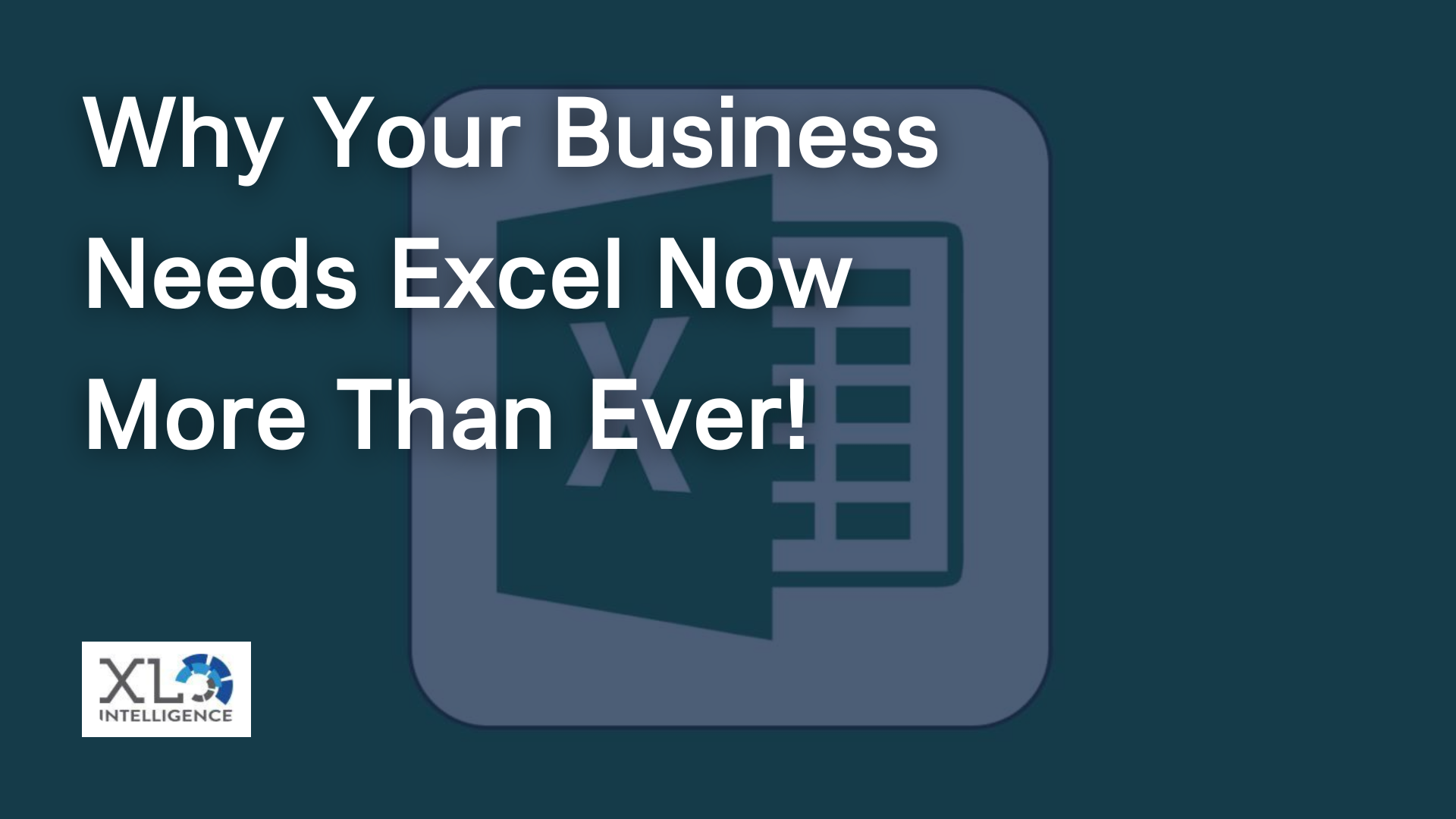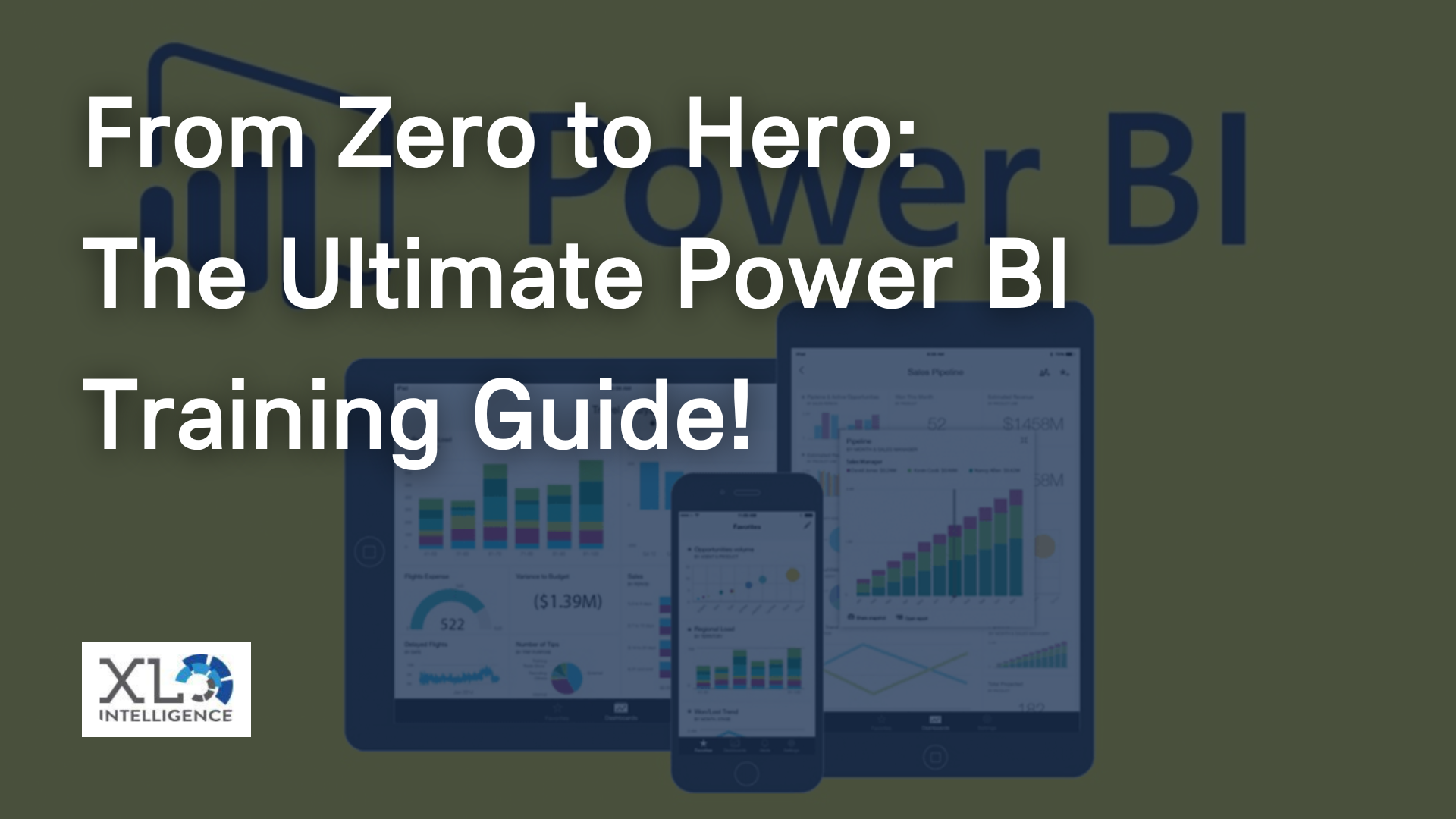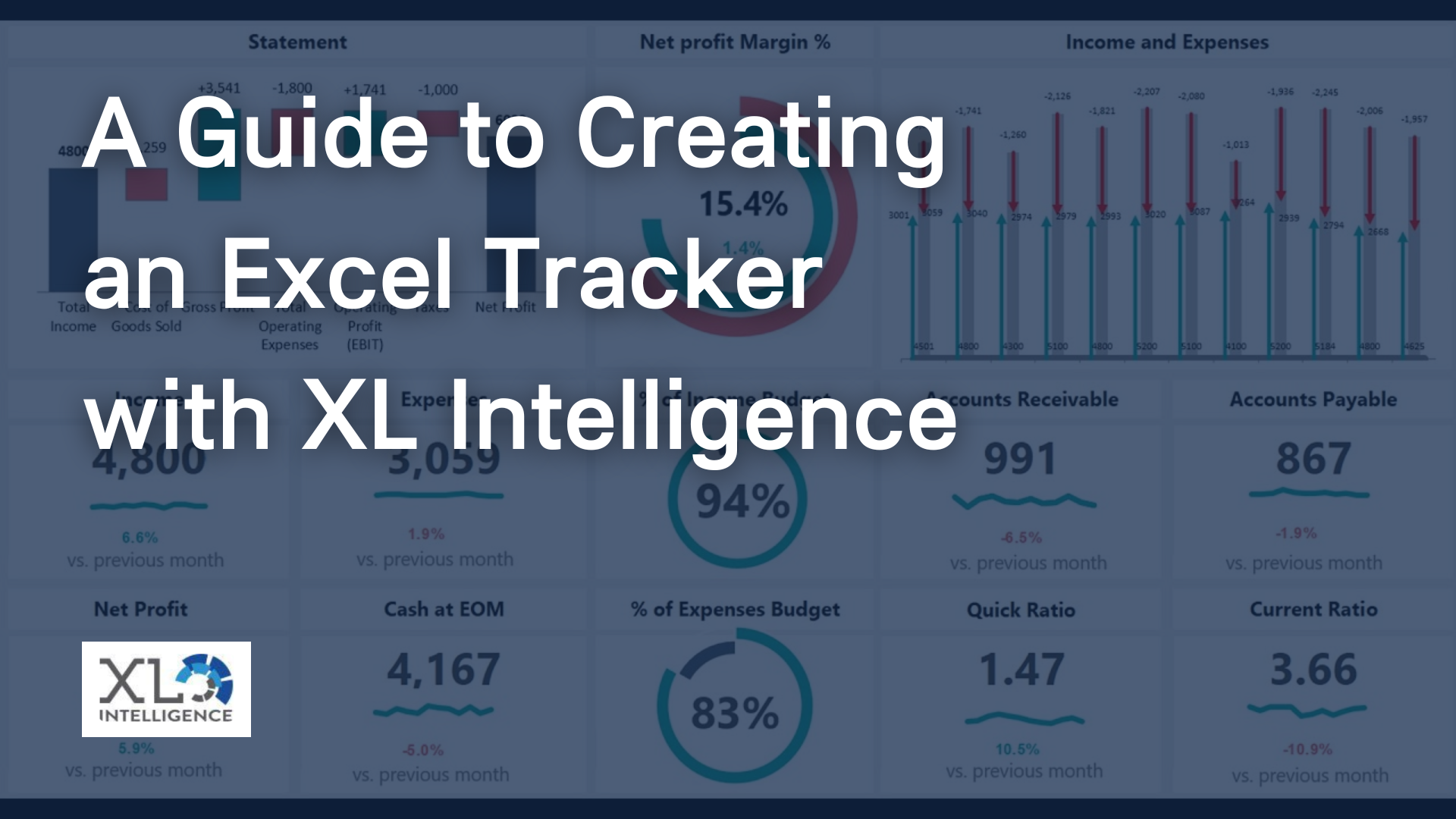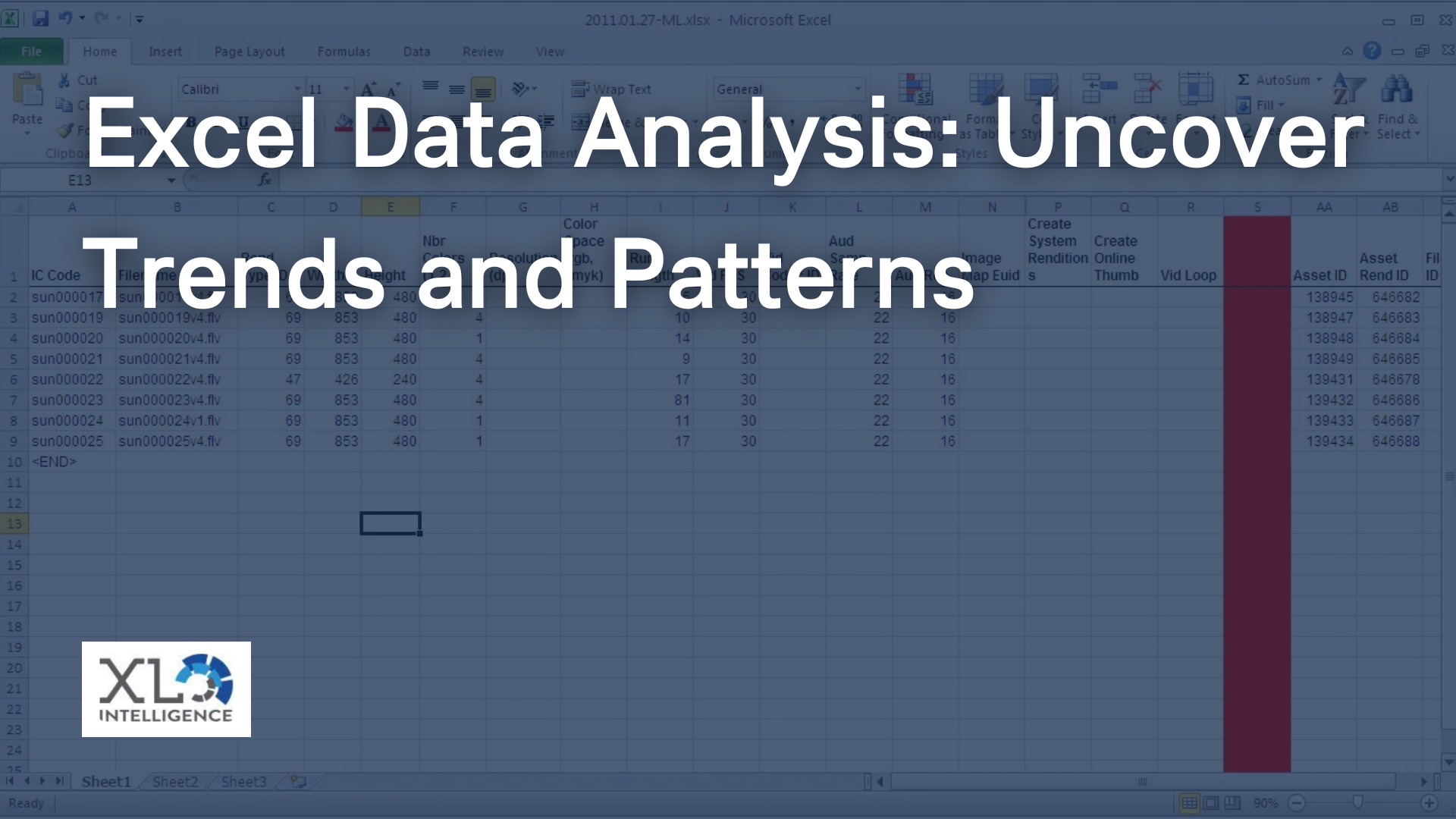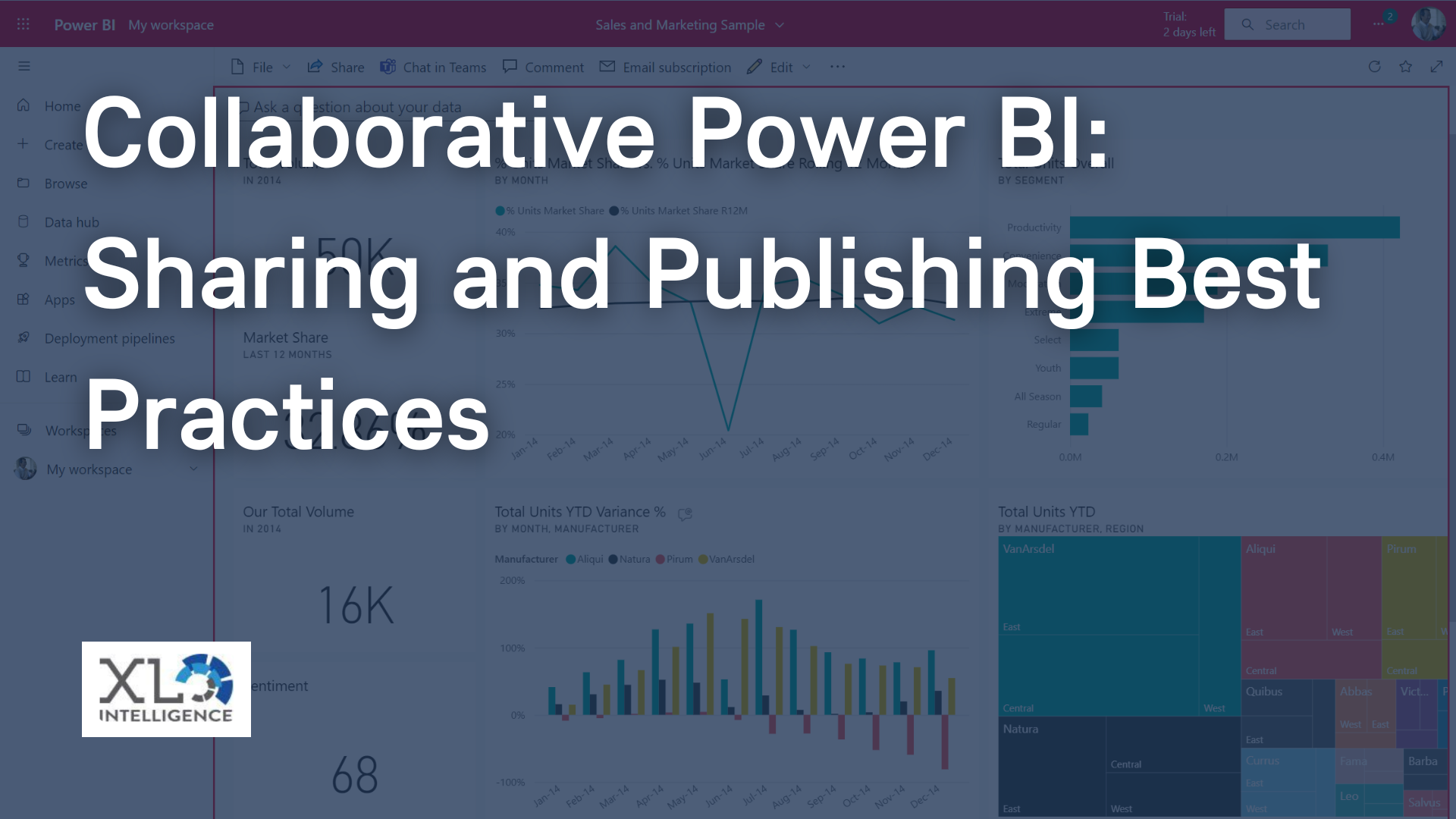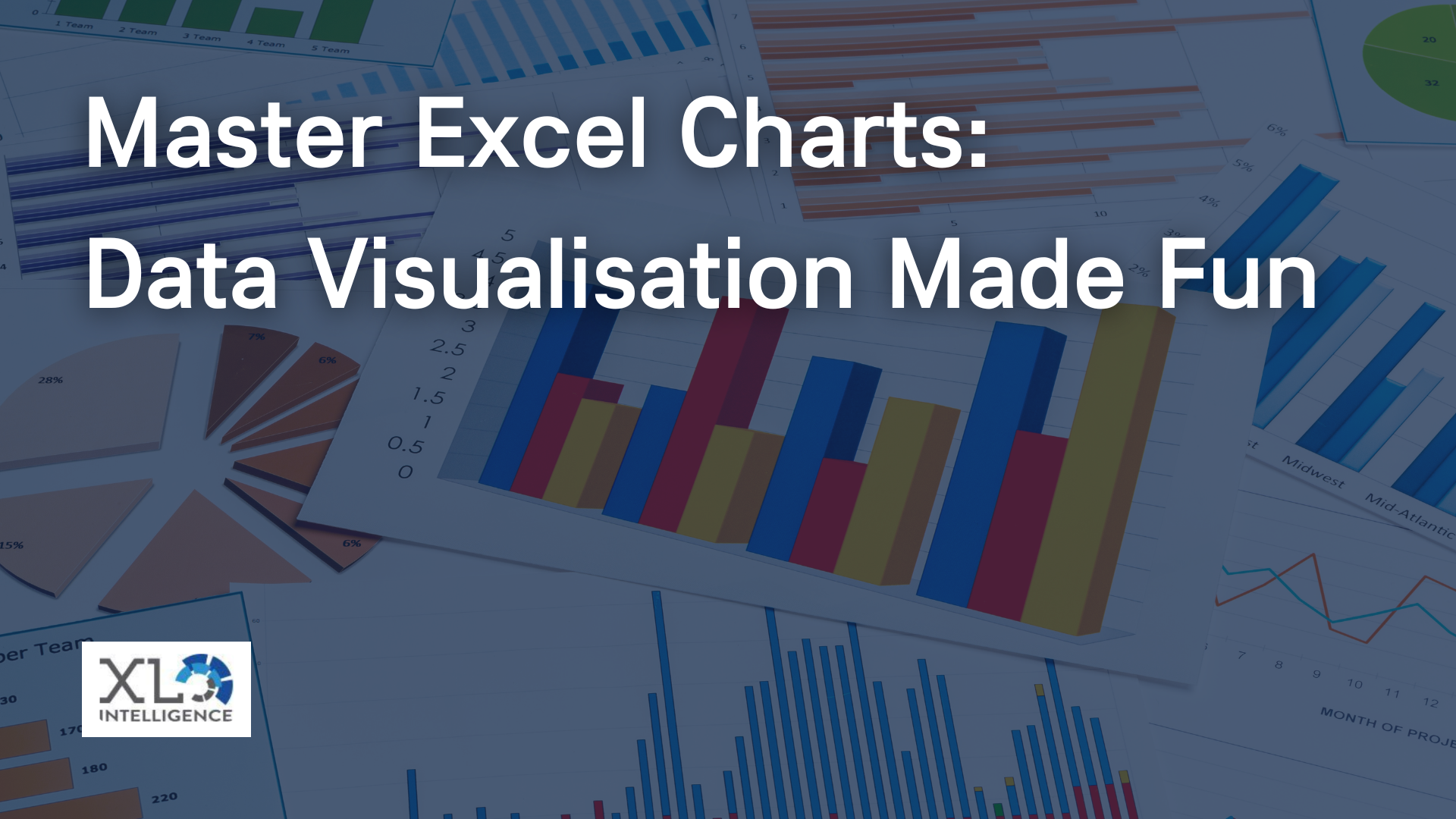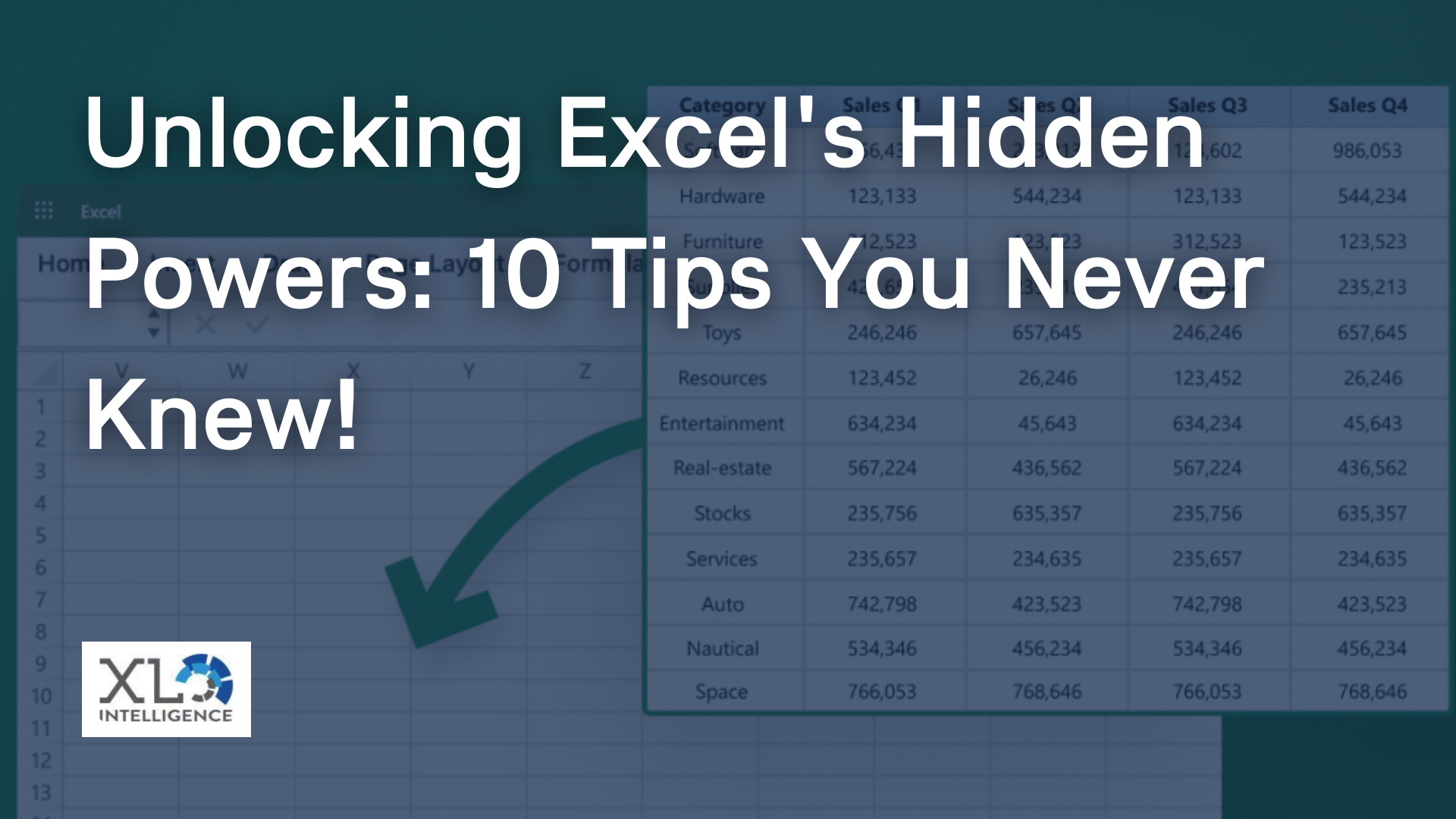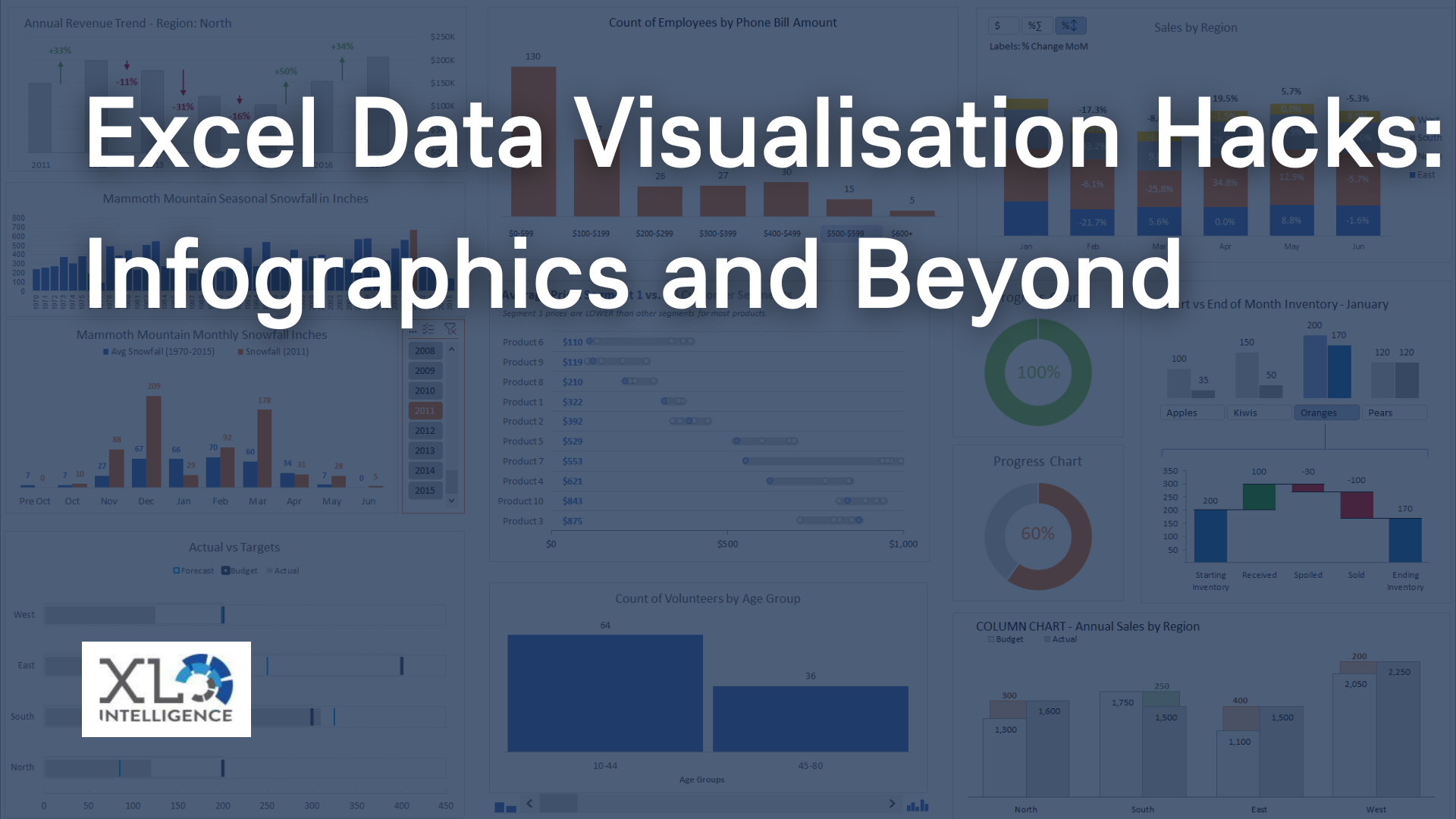Essential for large data sets
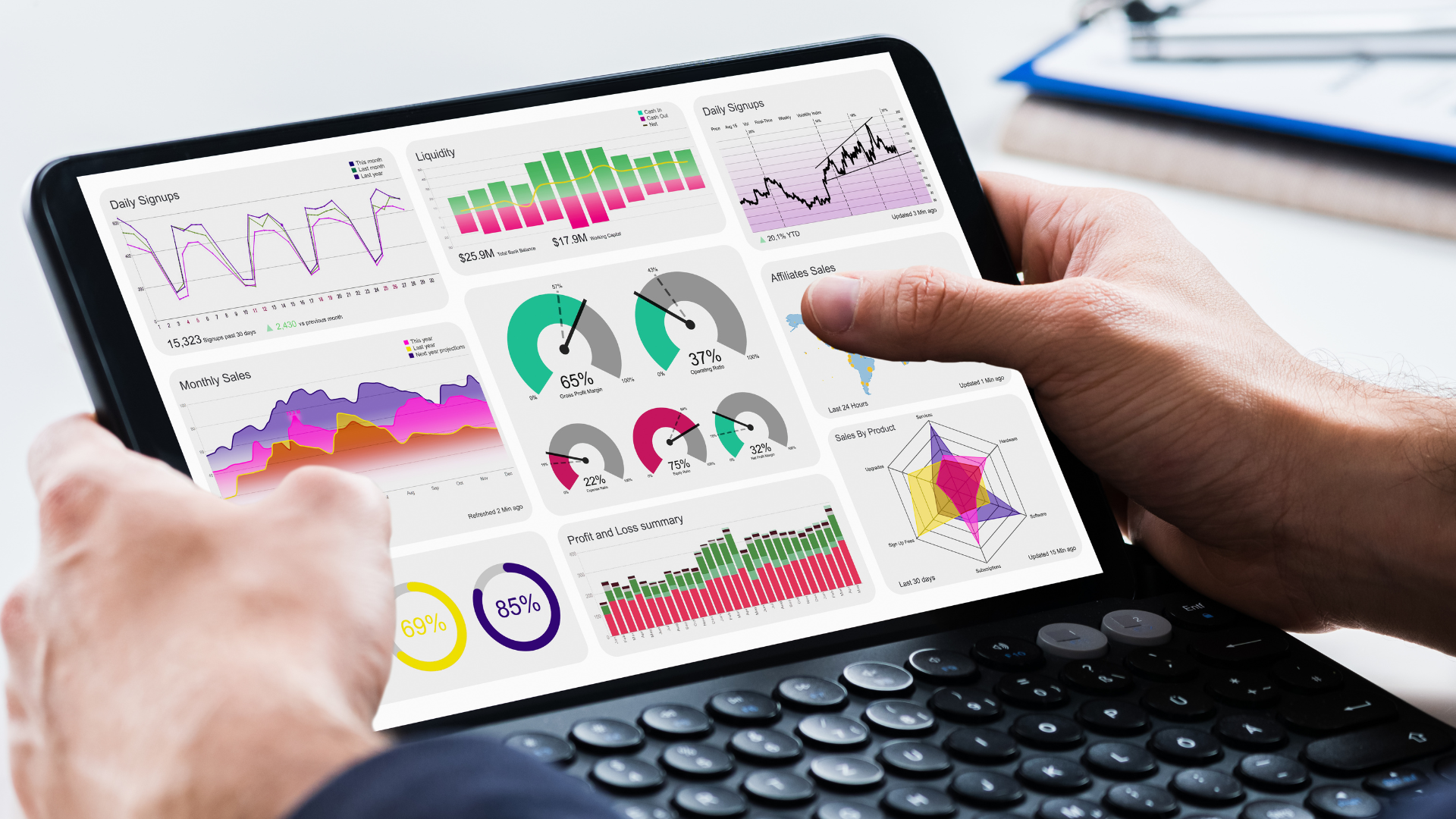
Data modelling plays a crucial role in optimising Power BI dashboards. It involves structuring and organising data to ensure efficient analysis, accurate reporting, and effective data visualisation. By creating well-designed data models, Power BI users can unlock the full potential of their dashboards and gain valuable insights from their data. In this blog, we will explore the art of data modelling and delve into the strategies and best practices for optimising Power BI dashboards.
Understanding Data Modeling in Power BI:
To begin, let's establish a clear understanding of data modelling in the context of Power BI. Data modelling involves designing the relationships between different tables and defining calculations, measures, and hierarchies to facilitate data analysis. It provides a foundation for creating meaningful visualisations and interactive reports within Power BI.
Importance of Optimising Power BI Dashboards:
Optimising Power BI dashboards offers several benefits, including improved performance, enhanced user experience, and accurate data representation. By optimising data models, users can reduce query response times, minimise data duplication, and ensure consistent and reliable reporting.
Choosing the Right Data Model:
Selecting the appropriate data model is crucial for achieving optimal results in Power BI. Users need to understand the differences between star schema, snowflake schema, and other data modelling techniques to determine the most suitable approach for their specific needs. Factors such as data complexity, data sources, and analytical requirements should be considered when making this decision.
Establishing Relationships:
Establishing relationships between tables is a fundamental aspect of data modelling in Power BI. We will explore the different types of relationships, including one-to-one, one-to-many, and many-to-many, and provide guidelines for creating and managing these relationships effectively.
Implementing Calculations and Measures:
Calculations and measures add analytical depth to Power BI dashboards. We will discuss the implementation of calculated columns, calculated tables, and DAX (Data Analysis Expressions) measures to perform complex calculations and derive valuable insights from the data.
Creating Efficient Data Hierarchies:
Data hierarchies enable users to navigate and explore data in a structured manner. We will explore techniques for creating efficient hierarchies in Power BI, such as date hierarchies, custom hierarchies, and handling parent-child relationships.
Handling Large Datasets:
Large datasets can pose challenges in terms of performance and usability. We will provide strategies for handling large data volumes in Power BI, including data partitioning, data compression, and incremental loading techniques.
Utilising Query Folding:
Query folding is a powerful feature in Power BI that allows pushing data transformation operations to the data source, improving performance and reducing data transfer. We will discuss how to leverage query folding effectively and provide tips for optimising data loading and transformation processes.
Data Modelling Best Practices:
To ensure successful data modelling in Power BI, adherence to best practices is essential. We will outline key recommendations, including data cleansing and transformation, maintaining data granularity, using query dependencies, and documentation.
Iterative Refinement and Continuous Improvement:
Data modelling is an iterative process that requires continuous refinement and improvement. We will discuss strategies for iteratively enhancing data models based on user feedback, changing business requirements, and emerging data trends.
Optimising Power BI dashboards through effective data modelling is a critical step towards extracting valuable insights and making informed business decisions. By understanding the art of data modelling and applying the strategies and best practices discussed in this blog, Power BI users can unlock the full potential of their data and create impactful visualisations and reports.
Remember, the journey to mastering data modelling in Power BI is ongoing, and continuous learning and experimentation are key to achieving optimal results. So, embrace the art of data modelling and embark on a journey of continuous improvement and exploration in the realm of Power BI.
Throughout this blog, we have explored the fundamental concepts of data modelling in Power BI, emphasising the importance of optimisation for dashboard performance and accurate data representation. We have discussed the significance of choosing the right data model, establishing relationships, implementing calculations and measures, creating efficient data hierarchies, handling large datasets, utilising query folding, and following data modelling best practices.
It is crucial to remember that data modelling is not a one-time task but an ongoing process. As your data evolves and your business requirements change, your data models must adapt accordingly. Regularly reviewing and refining your data models will ensure that your Power BI dashboards continue to deliver meaningful insights and drive informed decision-making.
To further enhance your data modelling skills, consider exploring additional resources and learning opportunities. Stay updated with the latest features and updates in Power BI, participate in online communities and forums, and engage in discussions with fellow data enthusiasts. The more you immerse yourself in the art of data modelling, the more proficient you will become in leveraging the full potential of Power BI.
The art of data modelling is a critical aspect of optimising Power BI dashboards. By investing time and effort in creating well-designed data models, you can unlock the true power of your data and create impactful visualisations and reports. Embrace the iterative nature of data modelling, embrace continuous improvement, and embrace the art of extracting insights from your data using Power BI.
To book a FREE data modelling consultation, head to our
contact page today.


